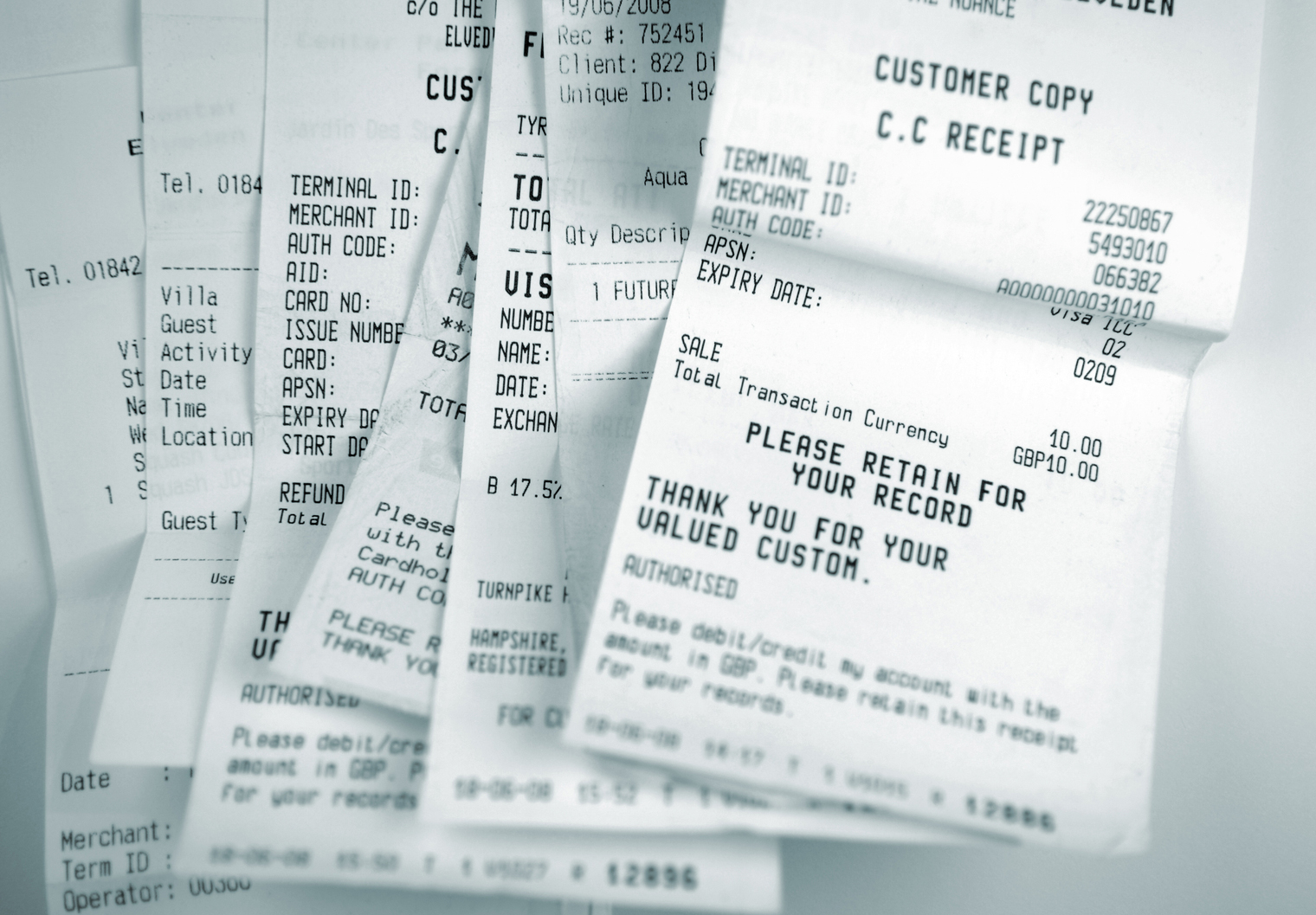When you have a loss to the contents of your home, from a burglary or fire, for example, your carrier will ask for a detailed list of what’s been lost or damaged.
Here are some tips agents and brokers can use to assist their clients in documenting damage to personal property.
All insureds have duties under their policies after a loss, beginning with contacting the insurer. Standard Homeowners, Tenant and Condominium policies all share some identical duties for property damage, based on the standard ISO HO 00 03 form language. Generally, you’ll be asked to:
- Prepare an inventory of damaged personal property showing the quantity, description, actual cash value and amount of loss, and attach all bills, receipts and related documents that justify the dollar amounts in the inventory;
- Show the damaged property to the adjuster, provide the carrier with all the records and documents requested and permit the carrier to make copies;
- Send the carrier a signed, sworn proof-of-loss that sets out, to the best of your knowledge and belief:
- the time and cause of loss;
- the interests of all “insureds” and all others in the property involved and all liens on the property;
- other insurance that may cover the loss;
- changes in title or occupancy of the property during the term of the policy;
- specifications of damaged buildings and detailed repair estimates; and
- the inventory of damaged personal property described previously.
The inventory can be neatly handwritten, on an Excel spreadsheet, on a form downloaded from the internet, in a detailed, narrated video of your belongings from room to room, in information added to an app or in some other form of record. What’s important is that every item is accounted for, with as much detail as possible.

(Photo: iStock)
Keep those receipts
If your home is burglarized, other than the broken window or door, the carrier can see only the empty space where you claim a large screen television used to be. Credit card receipts or an itemized bill from the store where you bought that 54-inch HD TV, and photos may be the only proof you have that you owned the TV as part of a home theatre system, or that you had an expensive computer, suitable for gaming, along with numerous DVDs and CDs.
In some cases, a record of the warranty for the item could suffice. Even without a bill of sale the warranty gives the make, model and brand of the appliance, which the adjuster can easily work from. Not everyone will have documentation which is why photos and video are so helpful; they show the item and its current condition.
Most people underestimate property
If there are no receipts or warranties, even with pictures, a detailed description is important. Again serial numbers should be recorded, as well as the make and model of the item. Is the mixer 3.5, 5, or 6 quarts? What brands are the waffle iron, food processer, griddle, coffee pot, and blender? What attachments does the equipment have? The picture should show the attachments, and the description can detail the functions.
Most people underestimate the amount and value of the property they have, and don’t make adjustments to the standard percentage of coverage on a Homeowners policy, or the minimum limit on a Condo or Tenants policy. It’s easy to account for larger items, such as the sofa, chairs, dining room table, coffee table, bed, and dressers.
But the not-so-little stuff adds up too, for instance, lamps, towels, photos, silverware, dishes, pots, pans, sheets, clothes, shoes, books, cameras, tools, art work, knickknacks, vacuum and assorted other household goods. (Have you priced a set of sheets at Bed, Bath and Beyond lately?)
Related: With more wealth comes more risk

(Photo: iStock)
Determining actual cash value
But what is actual cash value, and how is it determined? Actual cash value is the value of an item after depreciation has been accounted for. Unfortunately, a 10-year-old sofa is not worth the same amount as a brand new sofa.
To calculate actual cash value, the expected life of the item, minus the current age of the item, divided by its expected life is multiplied by the replacement cost. For example, a new leather sofa of the same make, style and model as the one you’ve lost in a fire is selling for $2,800. Your sofa is five years old, and its life expectancy was 10 years. In this case, 10 – 5 = 5; 5/10 = 50%, and 50% of $2,800 = $1,400, which is the actual cash value of the damaged sofa.
Depreciation tables are available on the internet to assist you because most people are unaware of the standard life expectancy of their property. One financial calculation site, for example, operated by Daniel Soper, an associate professor at California State University – Fullerton, calculates the actual cash value after you provide the type of item, age and original purchase price.
Storing copies of home inventory
Ideally, you’ve given a copy of your inventory to your agent or put it in a safety deposit box — somewhere offsite where it’s retrievable after a loss. Your inventory is likely to need adjusting because sofa that was five years old when you created the inventory is now six years old, but updating is a lot easier than starting from scratch.
One additional advantage to giving a copy of your inventory to your agent: The agent will know whether there are items that should be specifically insured, such as that antique desk that’s been in your family for more than 100 years. If you update the inventory once a year, or whenever you purchase large or expensive items, you’ll always have adequate coverage for your property and be prepared in case a loss occurs.
Any large-scale loss of property, for example, after a fire or storm, can be devastating, and filing the insurance claim can be overwhelming. But that home inventory that you’ve kept up-to-date can help you justify the items that you’re claiming.
Related: The 8 insurance coverages that are triggered by a catastrophic fire
Christine G. Barlow, CPCU, is managing editor of FC&S, a division of National Underwriter Co. and ALM.
Want to continue reading?
Become a Free PropertyCasualty360 Digital Reader
Your access to unlimited PropertyCasualty360 content isn’t changing.
Once you are an ALM digital member, you’ll receive:
- Breaking insurance news and analysis, on-site and via our newsletters and custom alerts
- Weekly Insurance Speak podcast featuring exclusive interviews with industry leaders
- Educational webcasts, white papers, and ebooks from industry thought leaders
- Critical converage of the employee benefits and financial advisory markets on our other ALM sites, BenefitsPRO and ThinkAdvisor
Already have an account? Sign In Now
© 2025 ALM Global, LLC, All Rights Reserved. Request academic re-use from www.copyright.com. All other uses, submit a request to [email protected]. For more information visit Asset & Logo Licensing.








